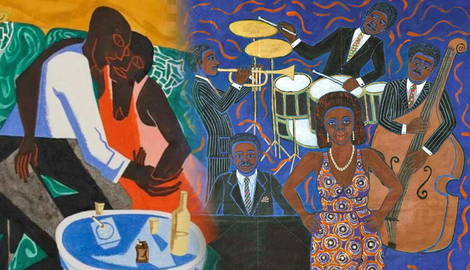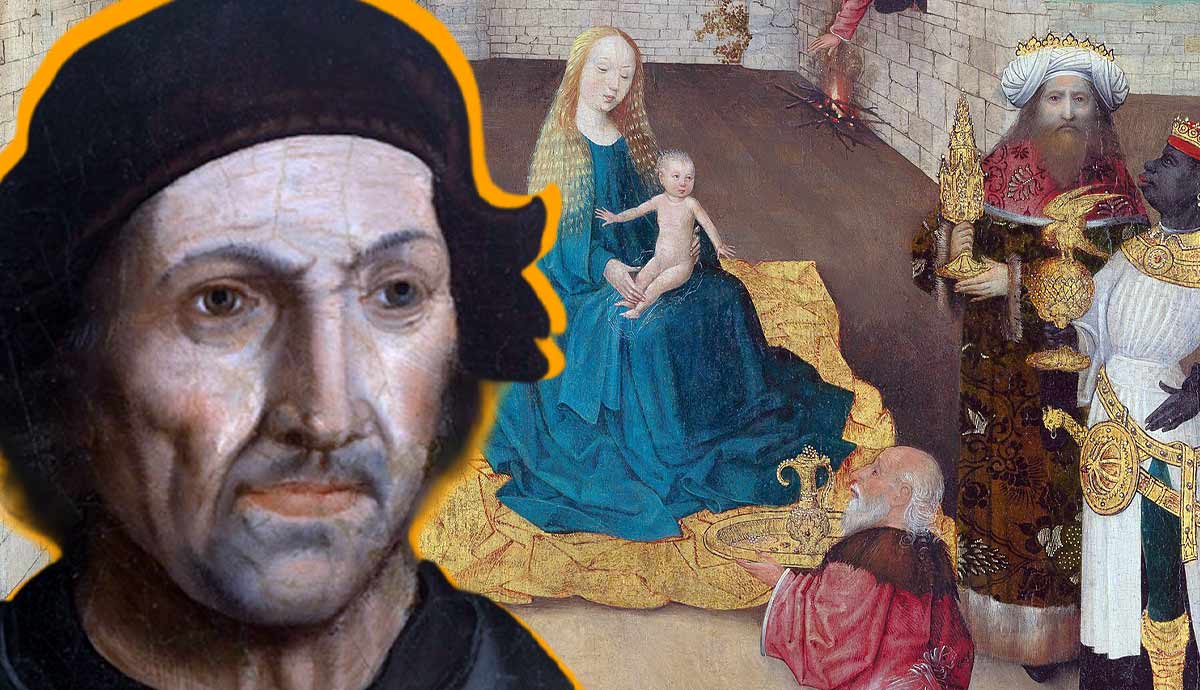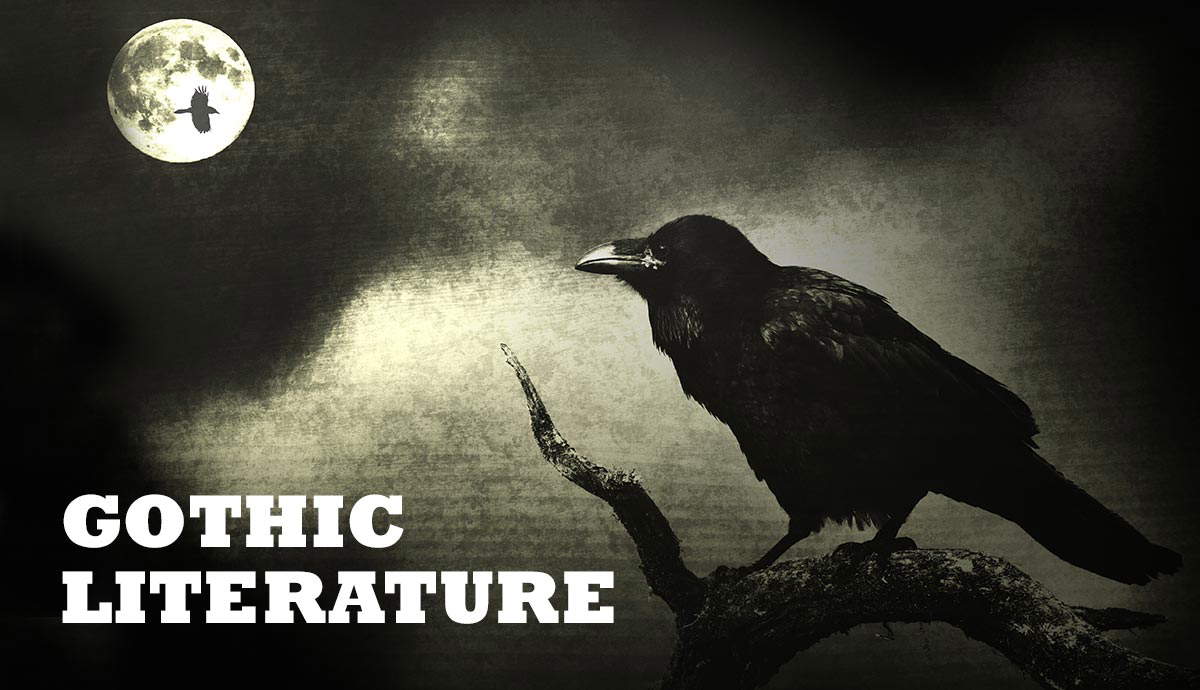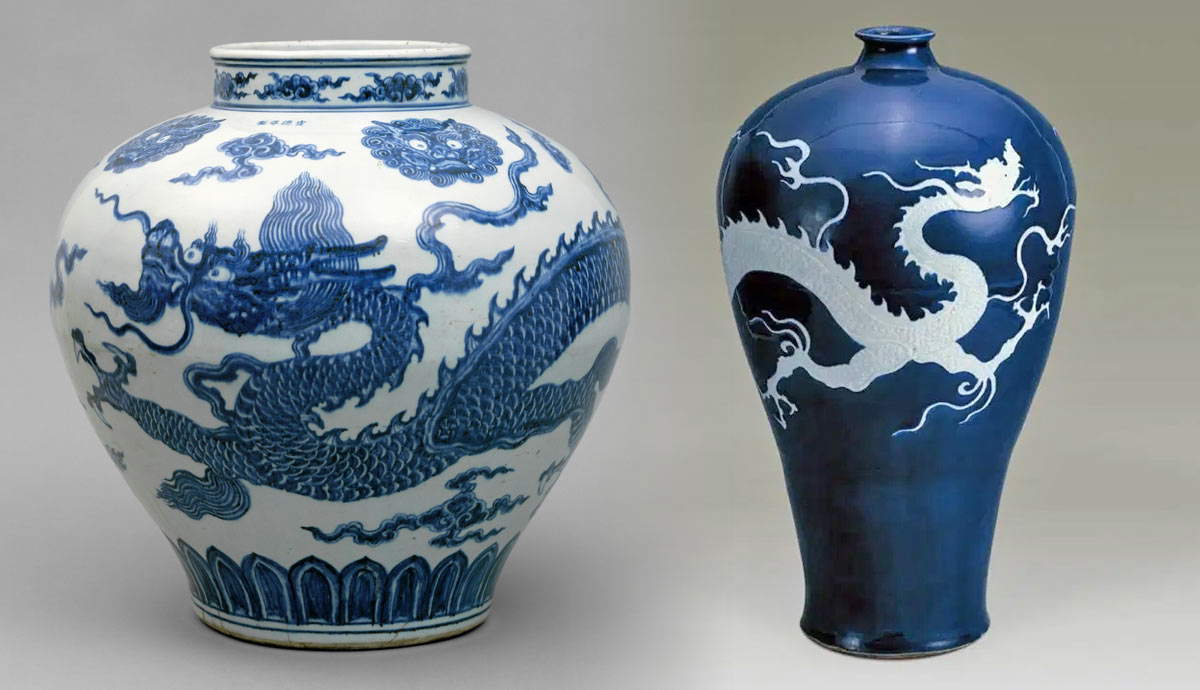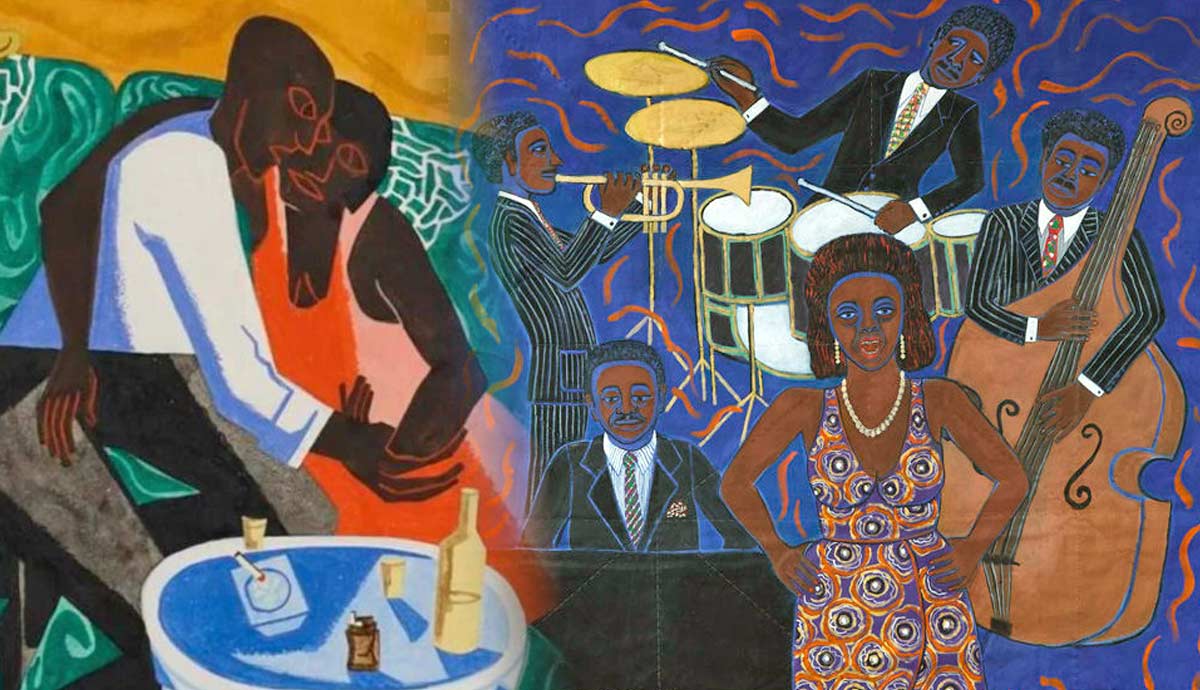
Various expressions and forms of love have always been among the most popular artistic topics. Yet, for a long time, the voices of Black artists were unheard. In white-dominated culture, Black bodies were excluded from the narratives of romantic or parental love. However, during the long fight for civil rights, African American artists began to explore and celebrate love, relationships, and intimacy within their own communities. Read on to learn more about artists celebrating African American love in their works.
Painting African American Love: Harlem Renaissance Artists
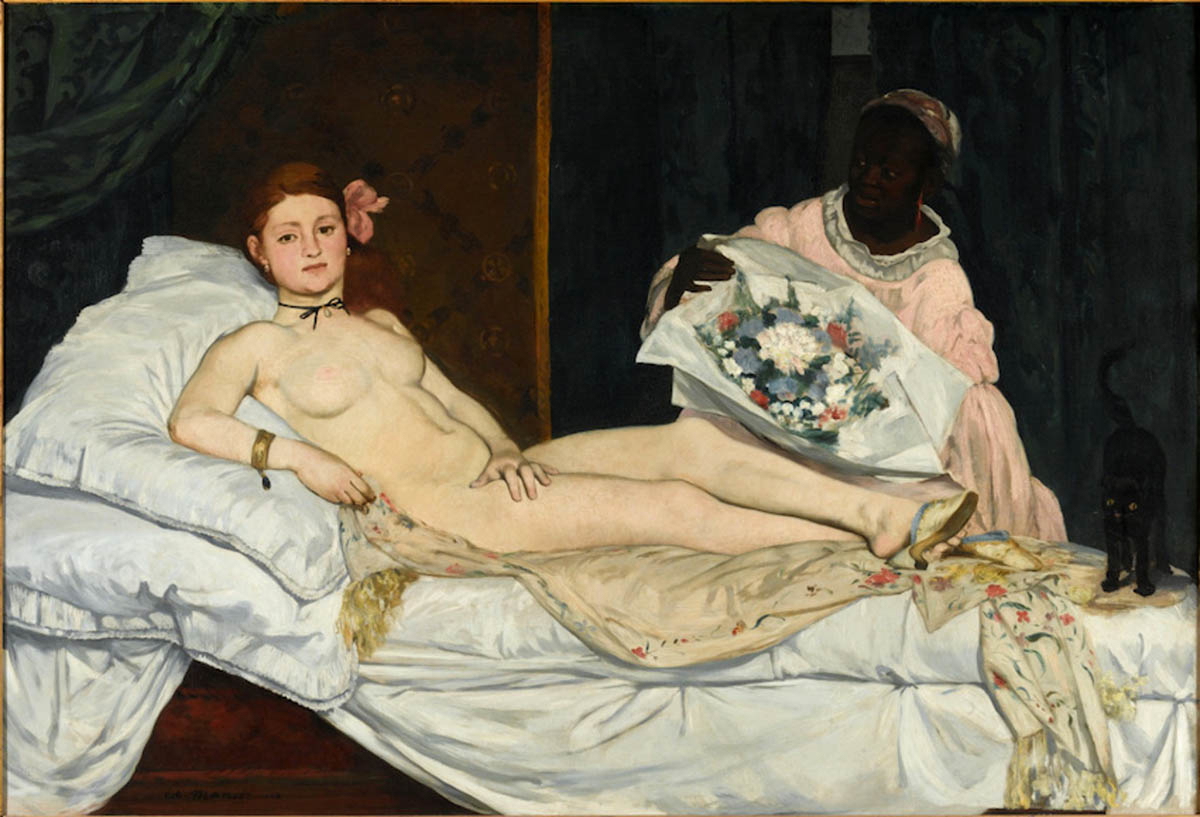
For a significant amount of time in art history, Black people were almost entirely removed from the contexts of romantic relationships and affections. In the white-centered visual paradigm, a Black body was seen as the Other, belonging to an entirely different realm of feelings and desires. A Black body was widely used in decorative art as a status symbol, or in composition suggesting the affluence of a white model or commissioner at the center of the painted scene. For instance, in Edouard Manet’s Olympia, the presence of a Black maid was aimed to signify the status of the protagonist. Moreover, the Black woman in the background was placed in an entirely different aesthetic paradigm. She was not treated as desirable or beautiful and was simply present as an aide to Olympia’s white beauty.
Even in cases when Black bodies were present in any sort of sensual context, nonetheless, they were mostly associated with carnal desire, being mere objects of it. The sublime romantic feelings or celebrations of beauty were absent from the narrative, as was the first-person account of Black artists and creatives.
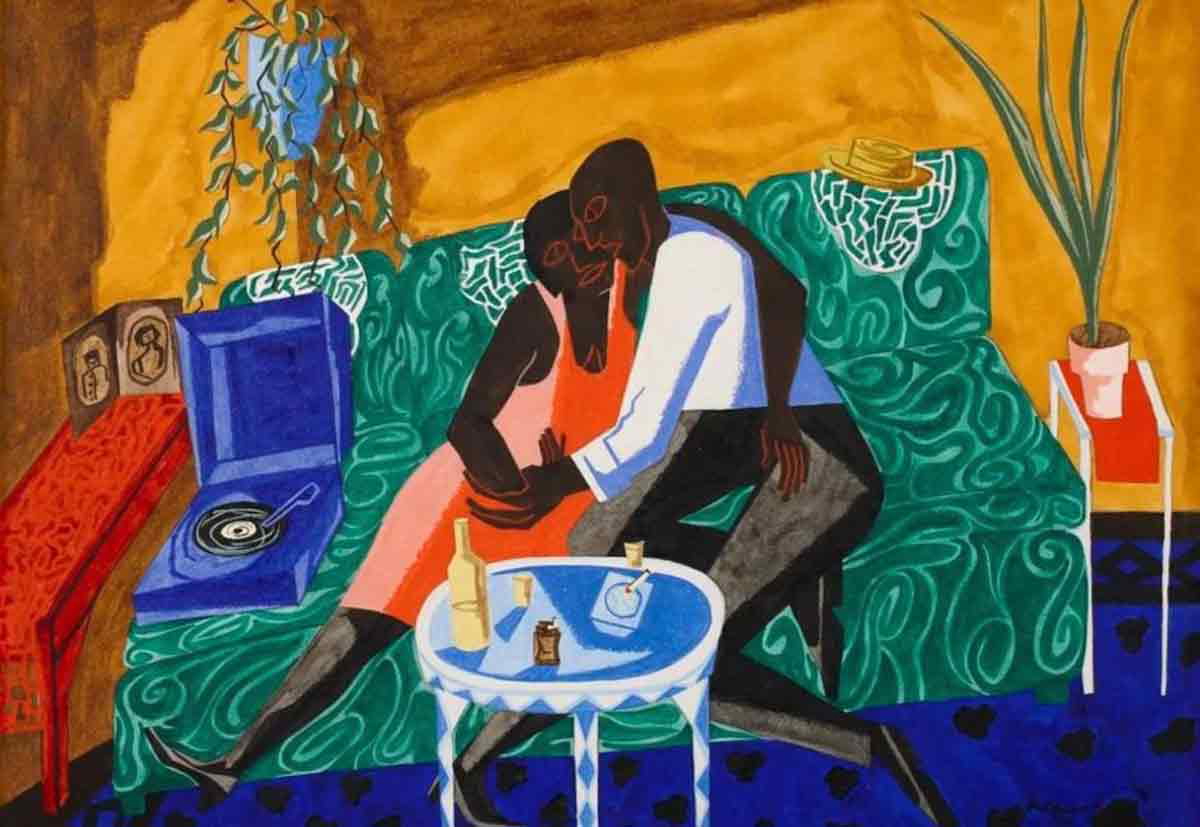
Towards the end of the 19th century, the situation began to gradually transform. American-born sculptor Edmonia Lewis became famous in Europe for her depictions of Black women as protagonists and carriers of beauty. However, the major transformation in the artistic paradigm happened with the Harlem Renaissance movement that brought African American voices to the creative mainstream. The all-encompassing cultural upheaval affected not only visual arts, but also music, film, fashion, and dance. The Black artists of the Harlem Renaissance focused on their lives, their experiences, their cultural legacy, and their relationships as unique and relevant artistic themes. Many paintings and sculptures finally featured African American couples dancing, going on dates, or in other ways engaged with each other in a clearly readable romantic context.
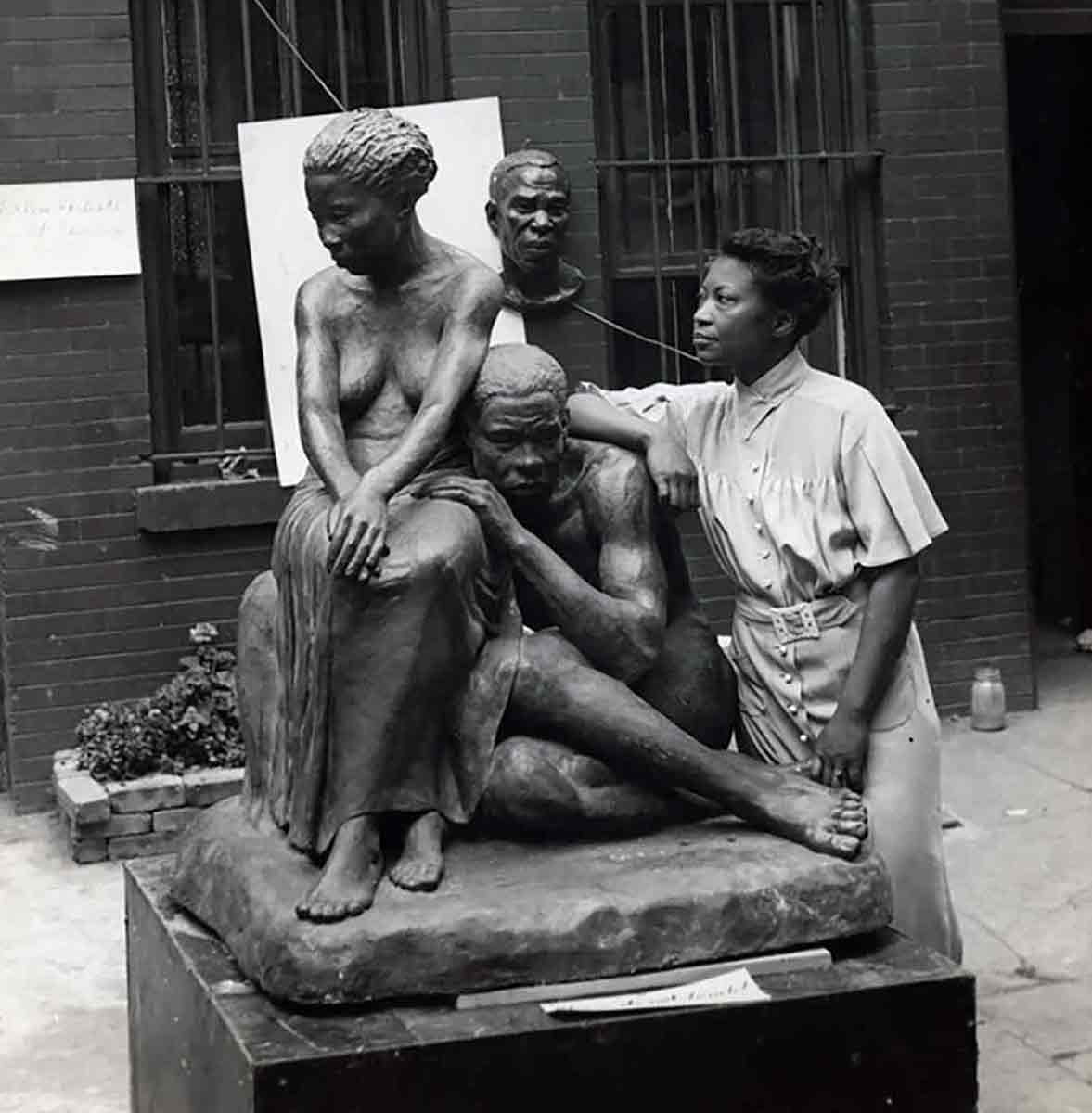
Sometimes, through the depiction of romantic couples, artists performed the healing of the generational trauma of slavery through anger and compassion. In 1939, the famous sculptor Augusta Savage created a two-figure piece Realization showing an African couple crouched close to one another, exuding anxiety and fear. The title refers to the realization that they, free people, were just sold into slavery and turned into commodities that most likely would be separated forever.
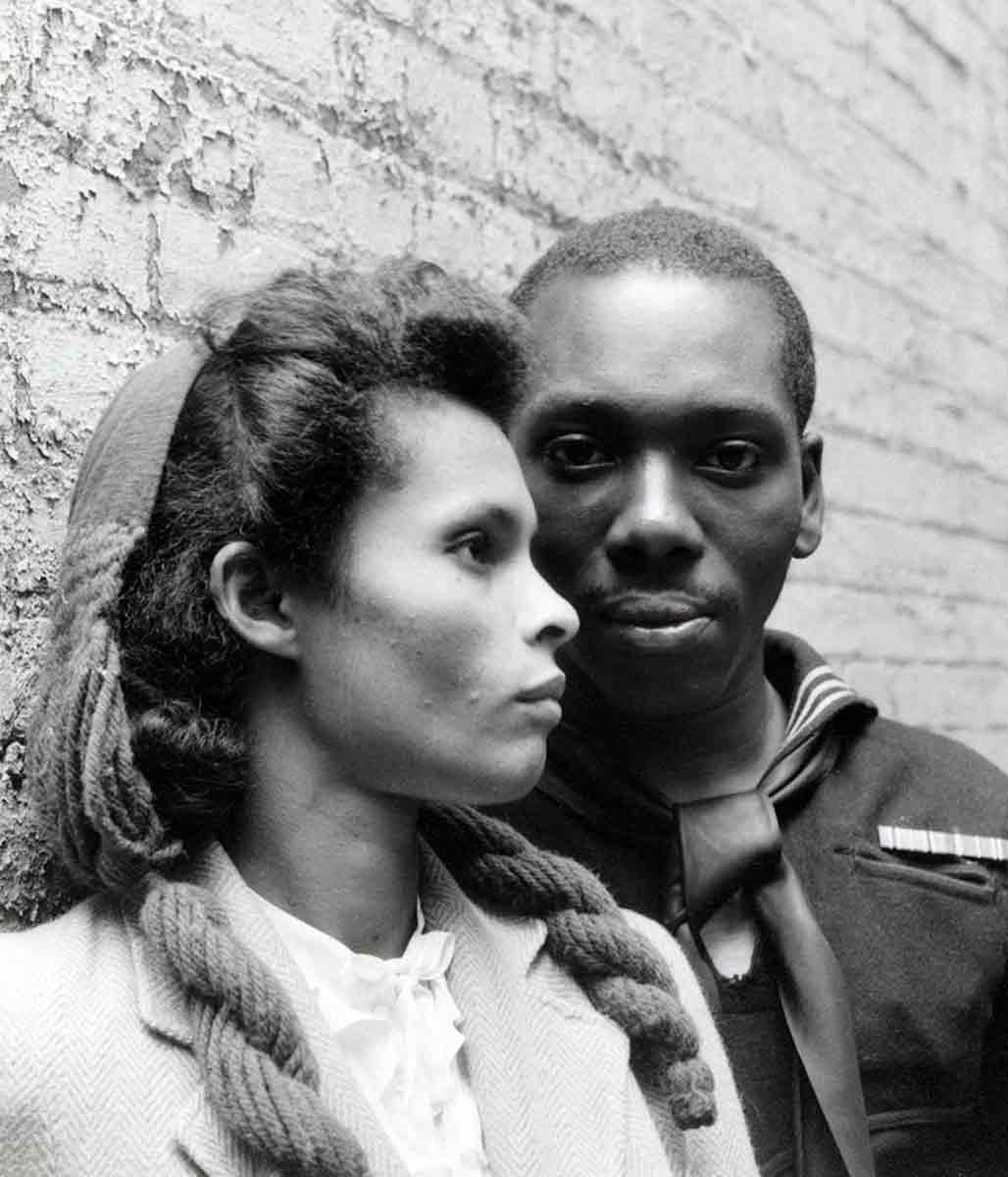
Love was not only present in the works, but also in the lives of many Harlem Renaissance artists, and many stories were much happier. Savage’s students Jacob Lawrence and Gwendolyn Knight, both artists, spent almost 60 years married. Both Knight and Lawrence created outstandingly modern and expressive work that reflected the life and connections within the African American community. Their depiction of romantic couples, possibly inspired by their experience, celebrated the love and future of the Harlem community.
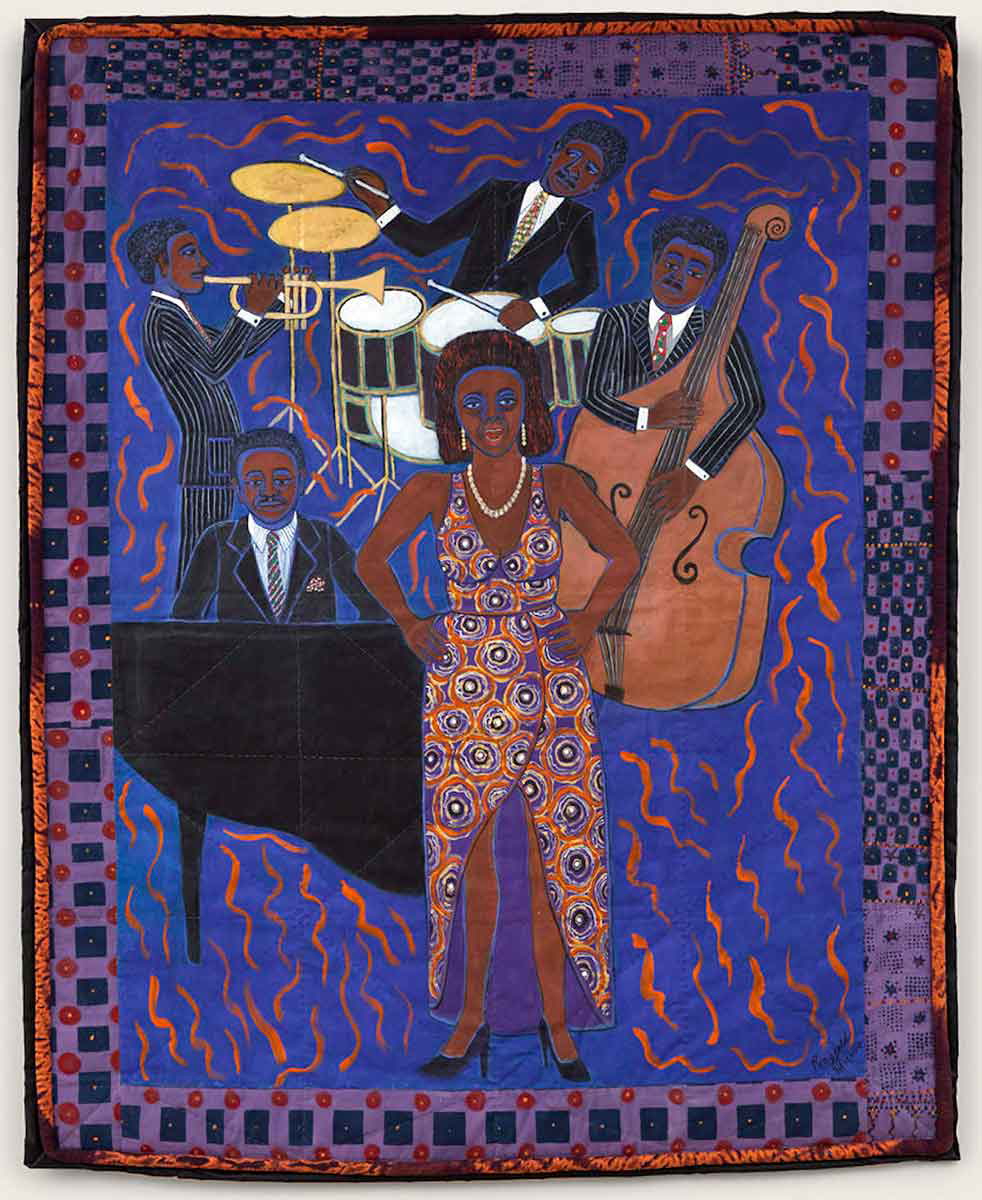
The creations of artists whose work followed the Harlem Renaissance movement similarly relied on African American culture, aesthetic categories, and practices in depicting love stories. American artist Faith Ringgold incorporated the technique of quilt-making into her contemporary artworks. In the 2000s, she created a series of quilted, sewn, and painted works that celebrated the African American musical scene and the romantic fleur around it. The joy of music and love in Ringgold’s works was a pure celebration of Black culture, music, and characters.
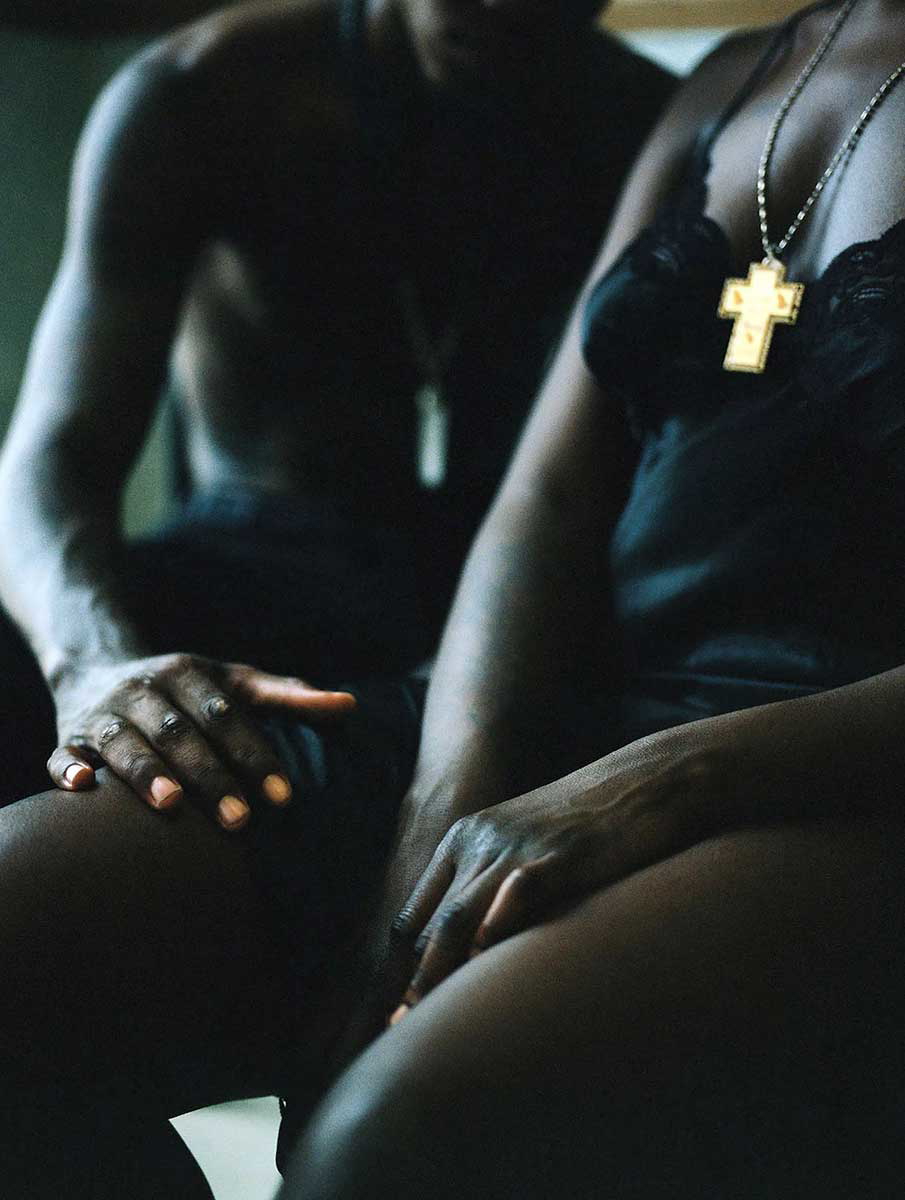
In contemporary painting and photography, many artists still target the topic of Black love in many of its expressions. The Texas-based photographer Kennedi Carter creates intimate and inspiring portraits of couples of all ages and gender identities in the privacy of their homes, demonstrating how different and beautiful romantic relationships can be. Carter’s works note the smallest details in both her characters and their surroundings, fixating on textures and fleeting feelings.
Queer Black Love

The subject of Black queer relationships is an issue within an issue, given the homophobia that is present within the Black community. Many artists use their work as a platform for activism, while others prefer to focus on the soft and intimate emotional side of their experiences. Artist Miranda Forrester focuses on painting faceless figures of Black queer women in domestic settings. Forrester’s work both highlights the invisibility of Black women throughout art history and highlights the vulnerability of queer relationships that reveals themselves in the relative safety of one’s home.
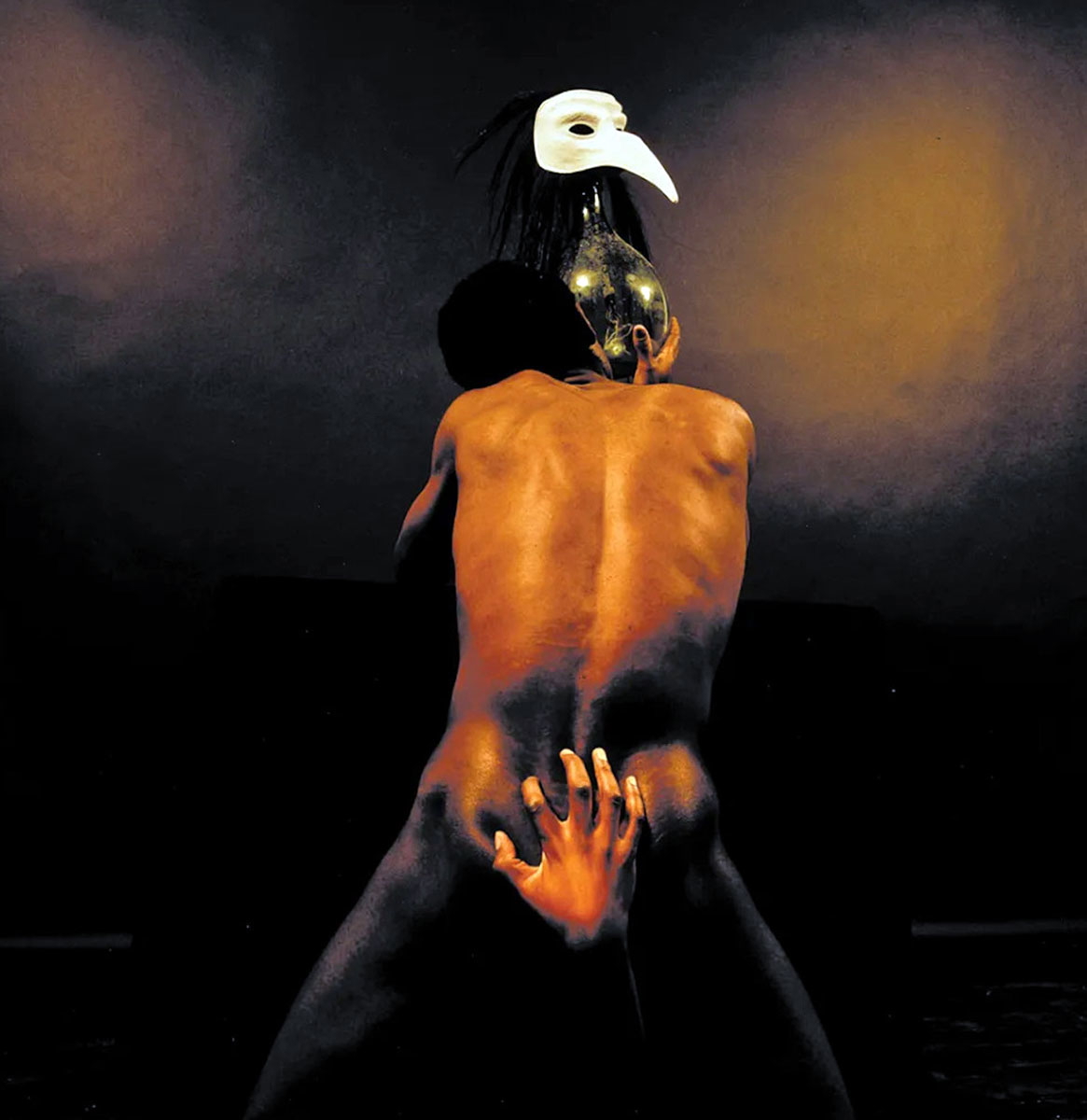
One of the most famous yet tragic figures in the history of queer Black art was Rotimi Fani-Kayode, a Nigerian-born photographer who died at just 34 from AIDS-related complications. As a gay man coming from Yoruba culture, Fani-Kayode was an outsider in his own home. This forced exile led Fani-Kayode to develop his own artistic style based on the exploration of queer African identity, desire, and eroticism, frequently interpreted through the lens of Yoruba religion.
Black Parenthood: African American Families Expressing Love in Art
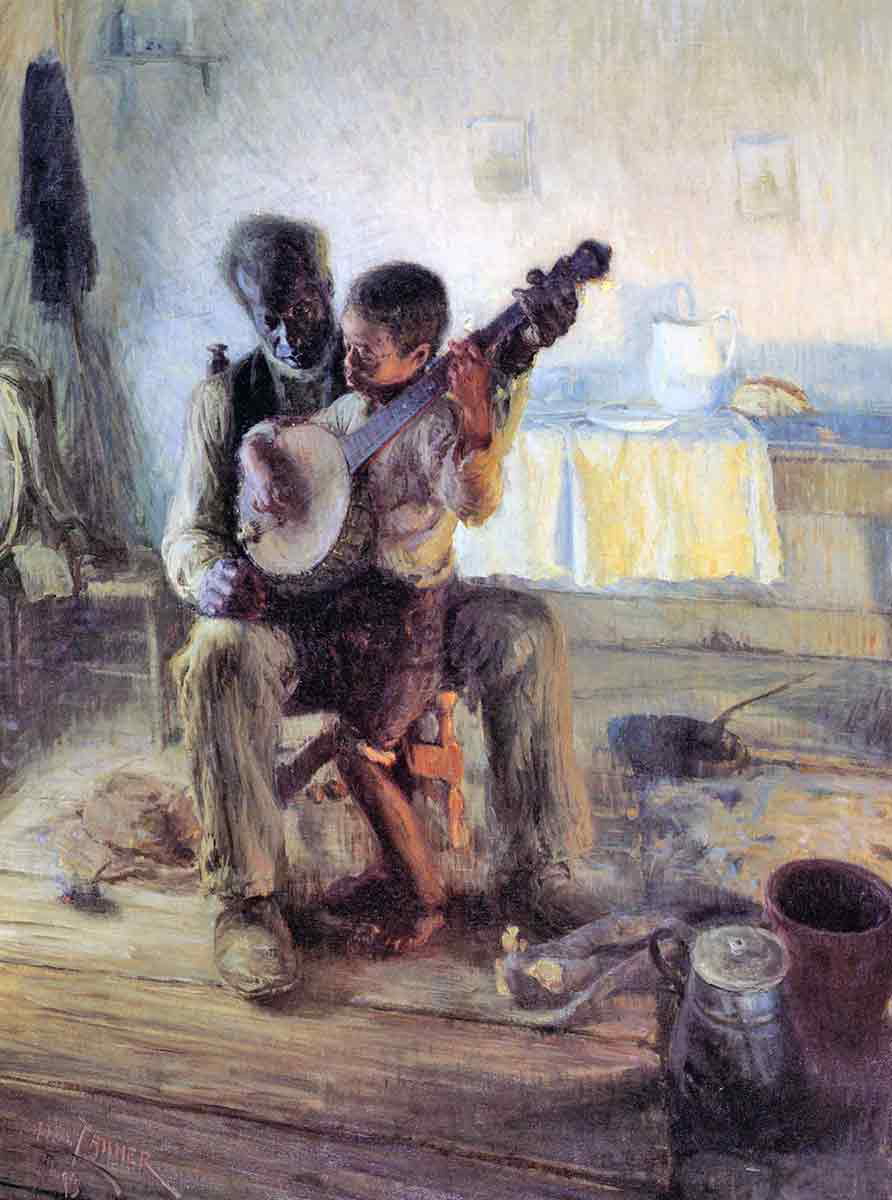
A particularly important segment of work, both modern and contemporary, refers to familial relationships and parenthood. The continuous dehumanization of Black people did not allow for an empathetic exploration of their emotional state. Before the 20th century, very few Black artists had the privilege to reflect upon their experiences and express their voices and their love.
However, there were happy exceptions. Henry Ossawa Tanner was a son of a free Black bishop and a teacher born into slavery, who managed to escape through the Underground Railroad. Tanner was a self-taught artist for the first two decades of his life. He was the only Black student in the Pennsylvania Academy of Fine Arts. His career skyrocketed after Tanner moved to Paris, where the issue of race was not as significant. His most famous work, The Banjo Lesson, was a tender scene of a boy and his grandfather playing a banjo. The warm domesticity and kindness of the painting radically opposed the then-traditional ways of depicting African Americans in American art. Tanner’s characters are neither entertaining nor mocking; their sincerity could only be understood through empathetic experience that was contradictory to the racist worldview.
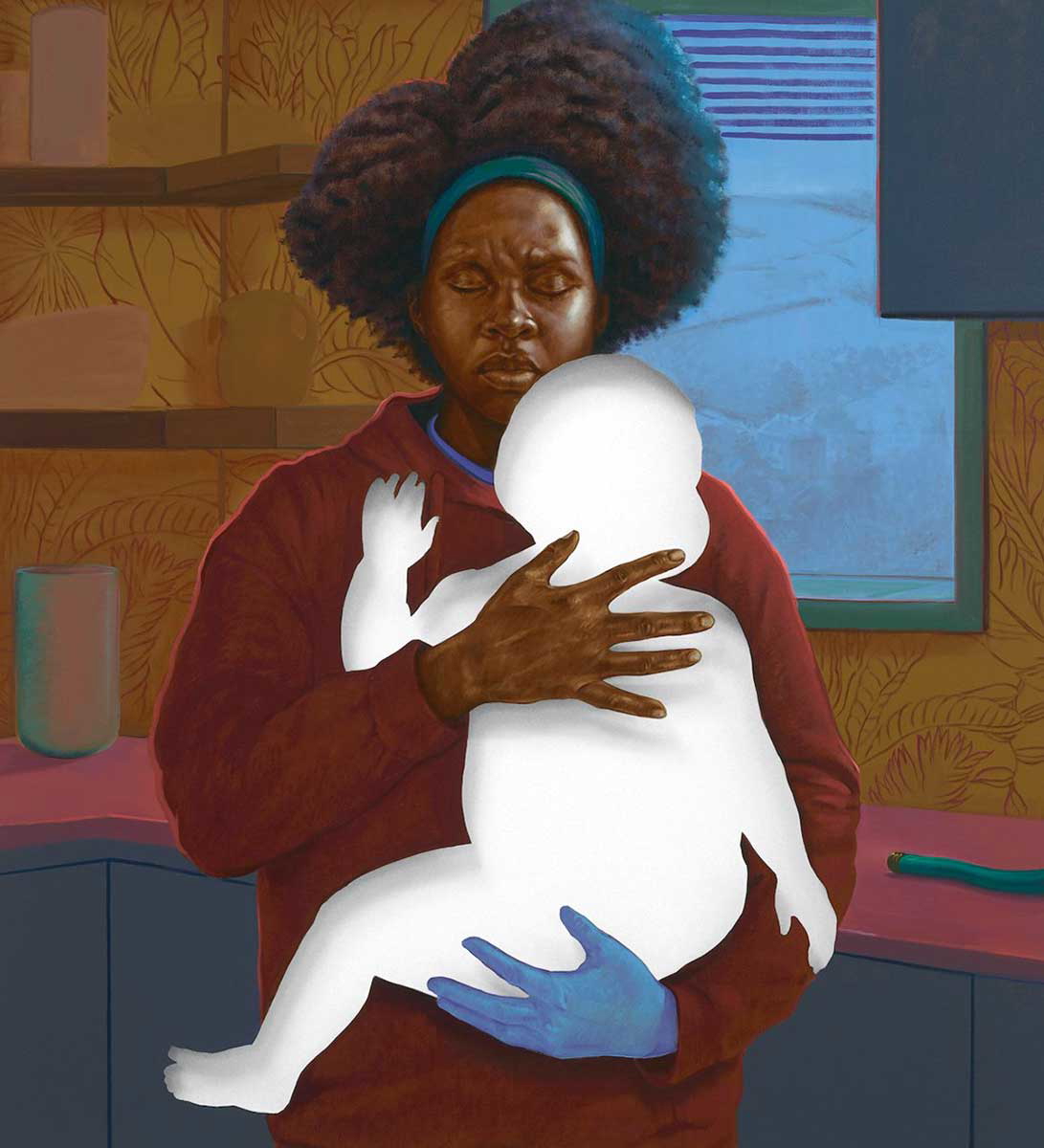
For several centuries, images of Black parenthood were virtually absent from art historical records. The topic of motherhood, so cherished in many art movements and forms, was not applied to Black women. The Western dichotomy of the Self and the Other could not be sustained if the emotional and physical experiences of Black and White women were treated equally. Moreover, in pre-Civil War America, children of enslaved women were considered yet another commodity and were rarely awarded with compassion.
In contemporary art, the topic of Black motherly love finally reemerged in full force, yet, after years of hardship and oppression, gained a tragic and devastating undertone of fear and loss. The painting series by contemporary American artist Titus Kaphar explores motherly tenderness and routine of play and upbringing through the lens of his characters’ worst fear—the loss of their children. Children are literally cut out from Kaphar’s colorful paintings, leaving harrowing, unfillable spaces.
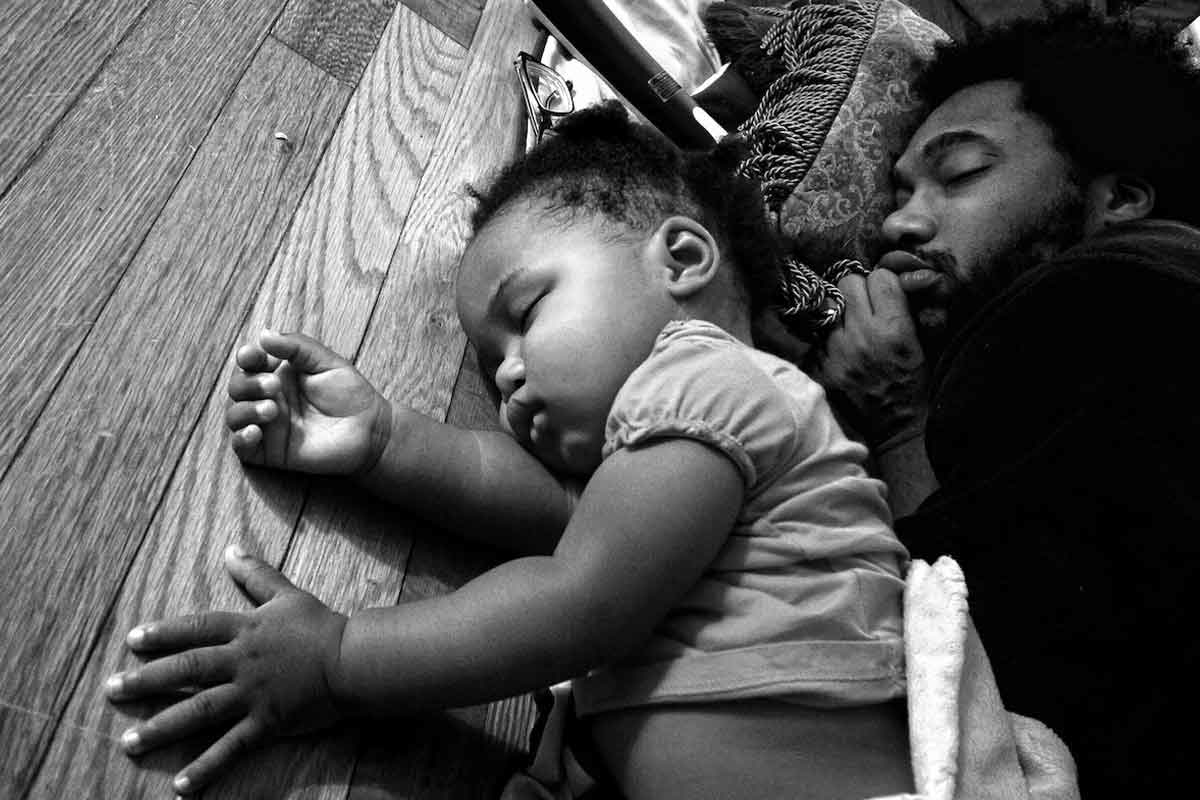
Fortunately, not all depictions of Black parenthood contain so much fear. Photographer Zun Lee explores a more gentle side of it, focusing on fatherly love as an antithesis to the stereotype of an absent Black father. For seven years, Zun Lee photographed African American families in different US cities, focusing on the relationship of a father and his children. Not all these fathers fit into the traditional perfect paradigm of fatherhood, but nonetheless, they exist and are present in their family’s lives.
